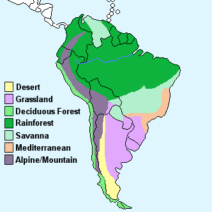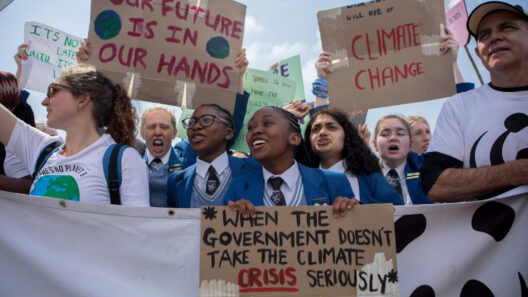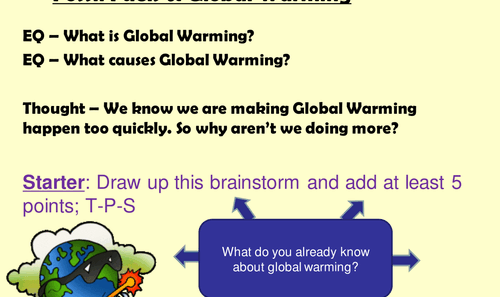Climate change is a pervasive crisis that transcends mere atmospheric alterations; it manifests prominently through the intricate tapestry of human actions. The ramifications of these actions extend well beyond the visible smoke of industrial chimneys or the immediate aftermath of natural disasters. Our imprint on the planet is significantly deeper, often cloaked in layers of complexity. This discourse delves into the unseen facets of human impact on the climate, illuminating the myriad forms of anthropogenic activities that contribute to ecological degradation.
To begin, it is imperative to acknowledge the correlation between industrial proliferation and climate change. Industries, particularly those reliant on fossil fuels, emit a plethora of greenhouse gases. But the narrative does not end with carbon dioxide and methane. The activities associated with manufacturing—from the extraction of raw materials to the disposal of waste—contribute fatal pollutants to our air and soil. This widespread contamination leads to a cascade of environmental challenges, including habitat destruction and species extinction. The invisible hand of human economic expansion inadvertently chips away at the very ecosystems that sustain life.
Another crucial aspect to consider involves deforestation, which serves as a pernicious yet often overlooked element of climate disruption. Beyond the immediate loss of trees, deforestation fosters a domino effect on biodiversity. Forests act as carbon sinks, absorbing substantial amounts of carbon dioxide. Their destruction not only releases stored carbon but also diminishes the Earth’s capacity to sequester future emissions. Consequently, forests disappear, and with them, myriad species teeter on the brink of extinction, unable to adapt to the rapid changes wrought by human activity.
Moreover, agricultural practices embody another critical dimension of human-induced climate change. Industrialized agriculture, driven by the demand for mass production, utilizes substantial quantities of fertilizers and pesticides. These substances not only infiltrate our water sources but also contribute to soil degradation and erosion. Intensive farming practices often lead to monocultures, diminishing soil biodiversity and weakening its resilience to climatic shifts. This system of agriculture is unsustainable, perpetuating a cycle of depletion and requiring ever-more inputs to maintain yields, thereby exacerbating the carbon footprint.
In addition to terrestrial impacts, the oceans are similarly beleaguered by human actions. Overfishing, plastic pollution, and climate change converge to create a precarious situation for marine ecosystems. The depletion of fish stocks disrupts the balance of marine biodiversity, while plastic waste endangers marine life through ingestion and entanglement. Further complicating this issue is ocean acidification, primarily a byproduct of elevated atmospheric CO2 levels. As oceans absorb excess carbon, their pH levels decrease, resulting in detrimental effects on coral reefs and shellfish populations, which are vital components of marine food webs.
Urbanization is another vector through which climate change manifests. The rapid expansion of cities results in increased energy consumption, transportation emissions, and heat island effects. The materials utilized in urban infrastructures, such as concrete and steel, have considerable embedded carbon footprints. Furthermore, the phenomenon of urban sprawl encroaches upon natural habitats, fragmenting ecosystems and displacing wildlife. As cities burgeon, so too do the challenges associated with waste management and pollution control, creating a vicious cycle of environmental degradation.
Transportation, a significant contributor to greenhouse gas emissions, necessitates further examination. The transportation sector encompasses a diverse array of modes, from cars and trucks to aviation and shipping. The cumulative effects of these transportation modalities result in a substantial release of carbon emissions, particularly in urban areas plagued by traffic congestion. Encouraging a transition towards sustainable transport solutions, such as electric vehicles and public transit, is imperative in mitigating these impacts. However, changes in infrastructure and societal behaviors must accompany technological advancements to create effective change.
Moreover, social dynamics play a profound role in climate action, as disparities in access to resources influence how communities respond to climate threats. Vulnerable populations, often residing in marginalized areas, face exacerbated risks from both climate change and the actions undertaken by more affluent communities. As the impacts of climate change disproportionately affect those with limited adaptive capacities, social equity in climate policy becomes increasingly critical. Sustainable development must, therefore, encompass not only environmental sustainability but also social justice and equity.
In conclusion, the unseen climate impact of human actions manifests through a complex web of interconnected phenomena. From the industrial processes that ravage air and soil quality to deforestation that exacerbates biodiversity loss, the consequences of our lifestyle choices extend far-reaching implications. Climate change is not merely a result of overt emissions; it is intricately woven into the fabric of our economies, agricultural practices, and urban environments. Addressing these challenges requires an urgent and holistic approach to climate action, prioritizing environmental sustainability alongside social equity. Bridging the divide between scientific understanding and public awareness is essential to galvanize collective efforts towards a sustainable future.
Ultimately, the stewards of our planet must confront these hidden impacts head-on, adopting practices that honor the sanctity of nature and recognizing that the health of our ecosystems is inextricably linked to our own well-being. It is not merely a question of reducing carbon footprints but rather rethinking our relationship with the natural world and fostering a paradigm shift towards a sustainable, equitable, and resilient global community.






